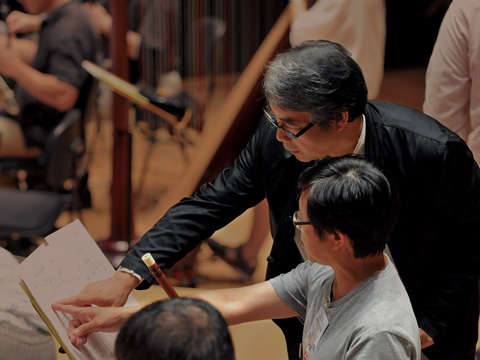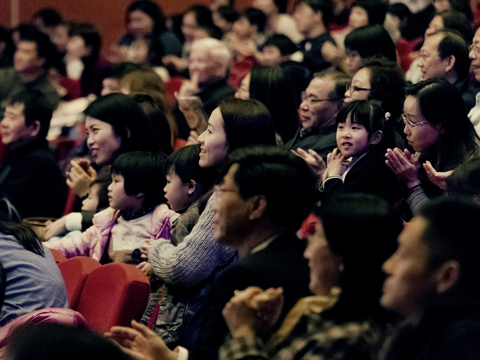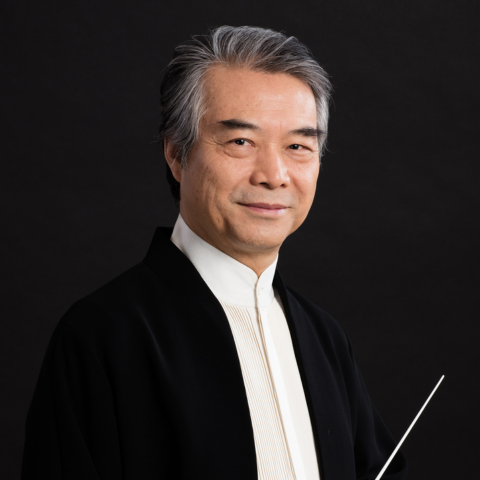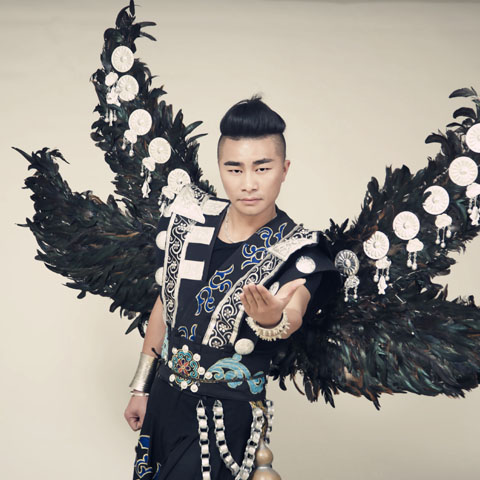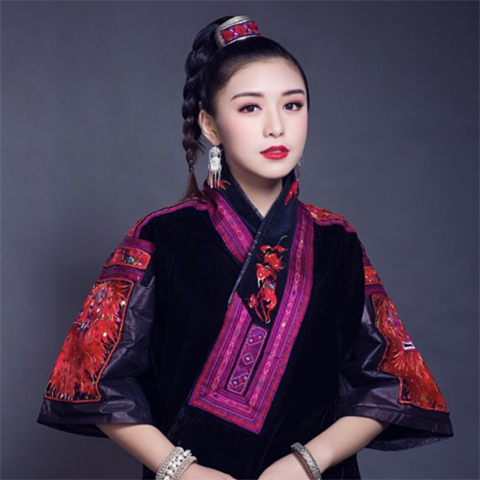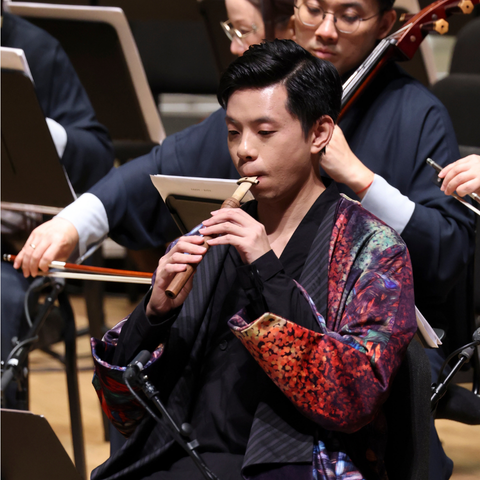
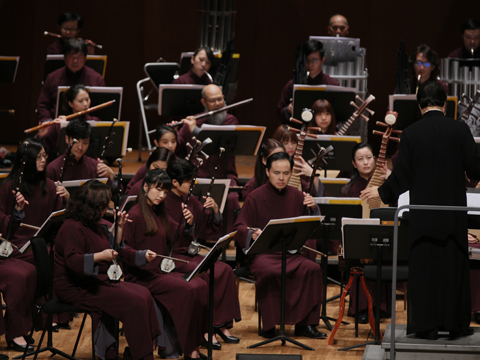
HKCO
Hong Kong Chinese Orchestra Environmental, Social and Governance Artistic Director and Principal Conductor for Life Orchestra Members Council Advisors & Artistic Advisors Council Members Management Team Vacancy Contact Us (Tel: 3185 1600)

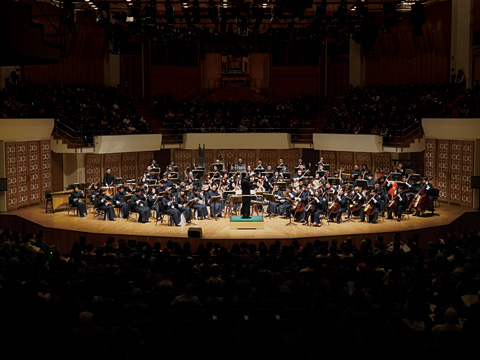
Concerts

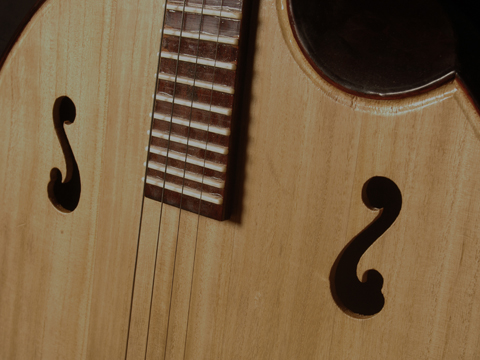
Education
The HKCO Orchestral Academy Hong Kong Youth Zheng Ensemble Hong Kong Young Chinese Orchestra Music Courses Chinese Music Conducting 賽馬會中國音樂教育及推廣計劃 Chinese Music Talent Training Scheme HKJC Chinese Music 360 The International Drum Graded Exam

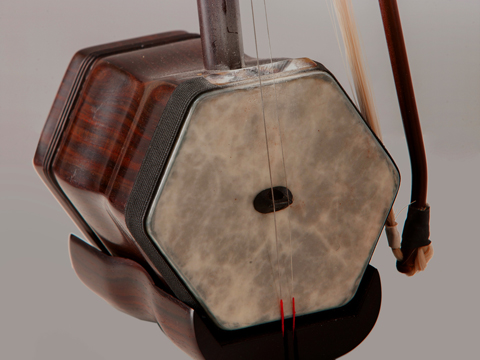
Instrument R&D
Eco-Huqins Chinese Instruments Standard Orchestra Instrument Range Chart and Page Format of the Full Score Configuration of the Orchestra
42nd Orchestral Season
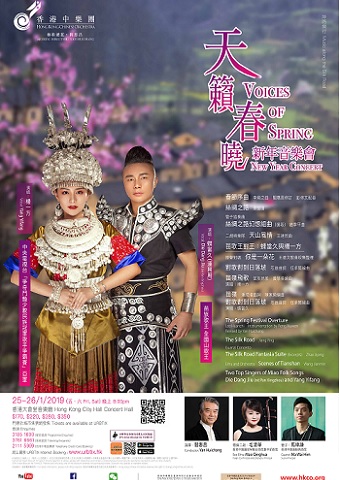
Voices of Spring
Music along the Silk Road
8:00 pm
Vocal: Yang Yifang (AdVobTiob)
Eco-Erhu: Mao Qinghua (HKCO Huqin Co-Principal and Zhonghu Principal)
Guanzi: Ma Wai Him (HKCO Suona Principal)
The Spring Festival Overture Lee Huanzhi Instrumentation by Peng Xiuwen Revised by Yan Huichang
The Silk Road Jiang Ying
Guanzi Concerto
The Silk Road Fantasia Suite (Excerpts) Zhao Jiping
The first movement: Farewell to Chang’an
The third movement: The Music of Liangzhou
The fourth movement: The Dream of Loulan
The fifth movement: The Dance of Qiuci
Guanzi: Ma Wai Him
Erhu and Orchestra Scenes of Tianshan Wang Jianmin
Eco-Erhu: Mao Qinghua
Two Top Singers of Miao Folk Songs: Die Dang Jiu (né Pan Xingzhou) and Yang Yifang (AdVobTiob)
Flying Songs on the Miao Mountains Folk songs of the Miao ethnic minority group
Adapted by A You Duo
Arr. by Wong Hok-yeung
Vocal: Yang Yifang (AdVobTiob)
Miao Mountains Music and Lyrics by Pan Chengzeng, Arr. by Tan Kah Yong
Holding Singing Dialogues Till the Sun Sets Music and Lyrics by Shi Kai, Arr. by Ng Cheuk-yin
Vocal: Die Dang Jiu (né Pan Xingzhou)
Acappella Duet You Are Like a Flower Songs Collected and Arranged by Wang Dewen
Holding Singing Dialogues Till the Sun Sets Music and Lyrics by Shi Kai, Arr. by Ng Cheuk-yin
Vocal duet: Die Dang Jiu (né Pan Xingzhou) and Yang Yifang (AdVobTiob)
Joyous New Year Medley Compiled and Arranged by Ng Cheuk-yin
(Arrangement commissioned by the HKCO / Premiere)
Scenes from the Southwest and the Northwest
Chow Fan-fu
The title of this New Year concert, ‘Voices of Spring’, suggests a programme of heavenly sounds and the advent of spring. It is also a reminder that we should ring in the new year with renewed vitality. From a macro point of view, it will be a showcase of the music of the Southwest and Northwest of China, where the sounds are more colourful and more forthright, and Man is in a quest for truth, goodness and beauty as shown by the scene after scene of exotic beauty.
The Northwest and the Southwest
The traditional music of China generally refers to music of the literati, court music and religious music, which are deemed more “specialist”. They are influenced to a greater extent by Confucianism, Taoism and Buddhism, always in pursuit of harmonization and the state of being one with Nature, which are considered the highest level that music can aspire to. It emphasizes the link between music and ethics, education and philosophical thought; it stresses the mood and the spirit, with aesthetic considerations such as form vs. meaning, the abstract vs. the tangible, emotion vs. reason, aura, and literary quality, all of which can be considered the aesthetic characteristics of “specialist” traditional Chinese music.
This programme of the ‘Voices of Spring’ concert includes The Spring Festival Overture by Lee Huanzhi, The Silk Road by Jiang Ying, The Silk Road Fantasia Suite by Zhao Jiping (only four movements selected for this performance), and Scenes of Tianshan by Wang Jianmin. Although they are all original “specialist” pieces written by professional composers, they are not bound by the aestheticism of traditional Chinese music, but retain the folk characteristics of the Great Northwest. Similarly, the Miao minority folk songs sung by virtuosi Die Dangjiu and Yang Yifang, accompanied by a “modernized” Chinese orchestra with a professional orchestral arrangement, have lost nothing of the local colour of the Great Southwest.
Three kinds of value orientations
Folk music in China varies greatly in form and spirit, much exceeding the principle of harmonization. It is unbounded by the musical ideals of qing, wei, dan, yuan (being “pure”, “delicate”, “muted” and “profound”) in art music of the Chinese literati tradition, and the state of being one with Nature. Different regions give rise to different kinds of folk music according to natural topography and customs: from the fiery-sounding winds and percussion music of the Northeast and southern Jiangsu, and the passionate Peeking at Her Lover, to the mild and gentle strings and winds of the scenic region south of the Yangtze River; and from the animated and fast-paced Cantonese music to the magnificent gongs and drums of Zhoushan. Narrative singing is as varied as one can imagine, witty and humorous, telling stories from time immemorial. One can say that folk music is at once rustic and artistic, realistic as well as ideational, not unlike the kaleidoscopic complexity of human nature.
Due to the complex nature of folk music, its value orientation and standards are not entirely dictated by “harmonization”; nor is it in quest of “being at one with Nature”. The value orientation of folk music can be roughly divided into three categories:
First is the depiction of the vicissitudes of life, such as The Unhappy Newly Wed, Happy Reunion, The Embroidered Purse, Reflection of the Moon on the Water and The Li River Boatmen’s Work Song. Second is the yearning for happiness in life, and the expression of love for one’s hometown, such as Scenes of Gusu, Green Is Qinghai Lake and Song of the Homebound Fishermen - they show a value orientation towards truthfulness, goodness and beauty, highlighting at times their exaltation. The third category includes works that depict the originality and worldly wisdom of the common people, and those that go after beauty of form, such as Flower Guessing Game Song, The Riddle Song, Snow on a Sunny Spring Day, Moonlight on the Spring River, Autumn Moon on the Placid Lake, Ambush on All Sides and Zhonghua Liuban.
A genre full of colour and variety
After all, the artistic pursuit of folk music is none other than the pursuit of truthfulness, goodness and beauty. Folk music that highlights the unitary pursuit of goodness is rare; more prevalent is the type that pursues all three in balance. Also numerous is the second type that stresses expression of emotion. The third category that pursues beauty of form is the most popular kind. But this type of music is different from the “pure music” of the West; it usually comes with a title and a theme that depicts the wisdom, capability, life experience and attitudes of the people.
The style of folk music is also distinctly and closely bound up with the respective regions, their culture and customs and different living habits. In terms of subject matter and musical style, the instrumental pieces in this concert are closely linked with the Northwestern region. The music exudes a free, robust and boundless spirit in tandem with the rough, tough and martial aura of its people. Its “exotic” features of the western region also add to its colour and intensity.
The Miao folk songs to be sung by Miao virtuosi Die Dangjiu and Yang Yifang can be deemed a rare rendering of “heavenly sounds”. Like the region of Yunnan and Guizhou where ethnic minorities dwell and culture and custom are varied and colourful, its folk music is also rich in local colour and serves as an interesting contrast to that of the Northwestern region. What is showcased in this concert will be scene after scene of interesting and colourful depictions of life in the Southwest and the Northwest.
After the exoticism of music of northwestern and southwestern China, we come back to Hong Kong with a medley entitled Joyous New Year Medley. Arranged by local composer Ng Cheuk-yin and commissioned by the HKCO, the premiere of the work wraps up this concert with heartwarming nostalgia for the Hong Kong folks because the familiar tunes are often heard during the Chinese New Year and are associated with festivities. It also completes the rich tapestry of sounds from China in terms of programming.
Your Support
Friends of HKCO
Copyright © 2025 HKCO
